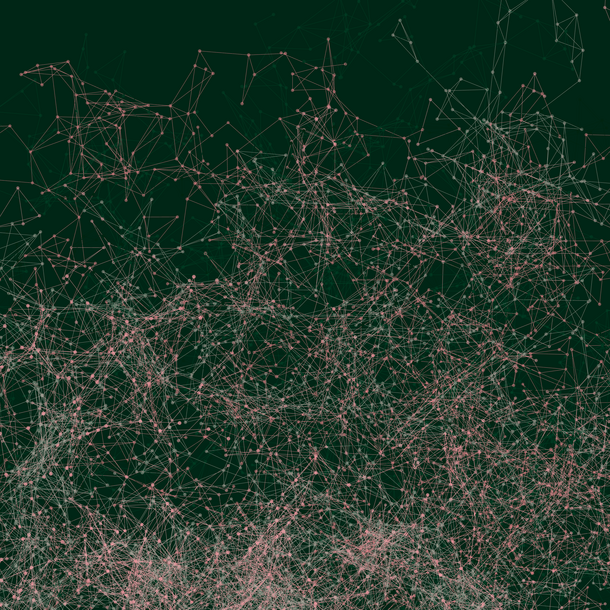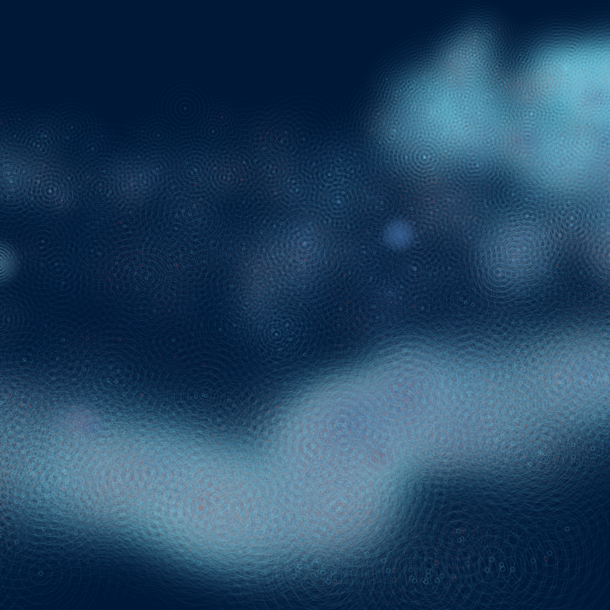InverseNeural networks reveal evolving patterns of ocean carbon uptake
Doctoral Researcher:
Sweety Mohanty, GEOMAR and CAU Kiel, smohanty@geomar.de
Supervisors:
- Dr. Lavinia Patara, Ocean Dynamics, GEOMAR Helmholtz Centre for Ocean Research, lpatara@geomar.de
- Prof. Dr. Peer Kröger, Information Systems and Data Mining (ISDM), University of Kiel, pkr@informatik.uni-kiel.de
- Prof. Dr. Arne Biastoch, Ocean Dynamics, GEOMAR Helmholtz Centre for Ocean Research, abiastoch@geomar.de
Location: Kiel
Disciplines: Computer Science, Oceanography, Marine Biogeochemistry
Keywords: Machine Learning, Clustering, Knowledge Graphs, Ocean Circulation, Carbon Cycle, Climate
Motivation: The project drives towards understanding the transformations in carbon dioxide flux across the entire ocean surface over time. The burning of fossil fuels has significantly raised the concentration of carbon dioxide and other greenhouse gases in the atmosphere. The research is crucial because the ocean plays a vital role in the uptake of atmospheric carbon and consequently compensates for anthropogenic climate change.
Aim:
The dissertation focuses on applying machine learning methods to an ocean carbon cycle model to study ocean carbon uptake in a changing climate. We will explore the large amount of data provided by the Global Ocean Models developed at the Ocean Dynamics research group at GEOMAR. The goal is to use Machine Learning to demonstrate robust relationships between simulated patterns of carbon uptake by the oceans and their main biophysical drivers (salinity, temperature, ice, biomass, wind). We will first utilize various clustering algorithms to define a set of biogeochemical regimes that exhibits relationships between the ocean's carbon uptake and a subset of its biophysical factors. Then we exploit artificial neural networks (ANNs) to characterize the nonlinear relationship among different physical aspects and the carbon uptake of each biogeochemical province. An essential element of the work is building and exploring knowledge graphs and investigating other ways to incorporate expert knowledge into the modeling process.
Objective:
i) Explore different clustering algorithms to define ocean carbon regimes in the global ocean. Evaluate how the clusters evolve under climate change.
ii) Explore the power of ANNs to investigate patterns in different biophysical factors critical for changes in carbon uptake in the current and forthcoming climate. Investigate how to enrich this methodology by integrating prior knowledge (background knowledge) into the training process.
References
- Defining Southern Ocean fronts using unsupervised classification, Thomas S, Jones D, Faul A et al. (Ocean Science, 2021)
- Geoscience knowledge graph in the big data era. Zhou, C., Wang, H., Wang, C. et al. (Sci. China Earth Sci 2021)
- Elucidating ecological complexity: Unsupervised learning determines global marine eco-provinces, Sonnewald M, Dutkiewicz S, Hill C et al. (Ocean Science, 2020)
- Estimating the monthly pCO2 distribution in the North Atlantic using a self-organizing neural network, Telszewski, M, Chazottes, A et al. (Biogeosciences 2019)
- The Ocean Carbon States Database: A proof-of-concept application of cluster analysis in the ocean carbon cycle, Latto R, Romanou A (Earth System Science Data 2018)
- Global open-ocean biomes: Mean and temporal variability, Fay A, McKinely G (Earth System Science Data 2014)








